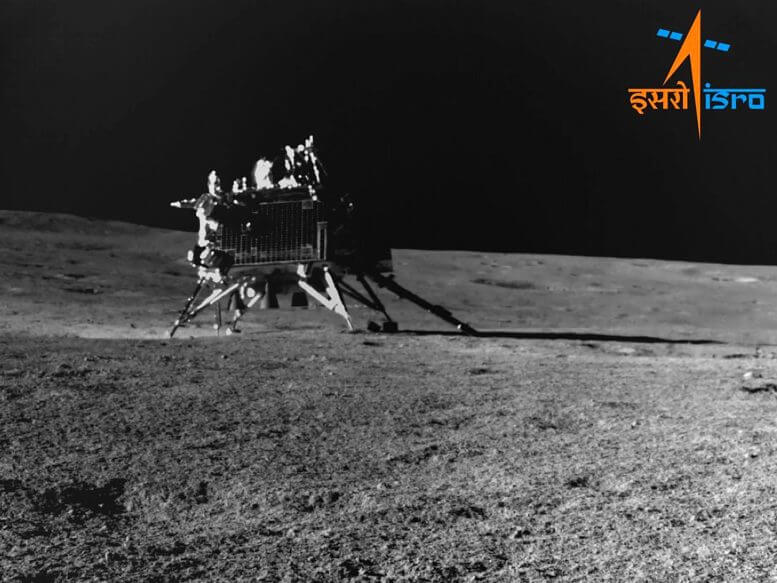As the day dawned last Friday, ISRO started trying to communicate with the lander. There has been no answer so far, and it is possible that the lander and the vehicle will be buried up to about 600 km from the south pole of the moon

The Indian Chandrayaan-3 seems to have succumbed to the cold, and its mission is over. The cold lunar night lasted about two weeks, and a new day dawned. With that day came hopes for a sunny resurrection of the lander and vehicle, but the Indian Space Research Organization (ISRO) says the chances of the spacecraft waking up in the sun are diminishing by the hour.
The lunar night wrapped its cold arms around the lander and the vehicle lasted 14 days, as does the current lunar day. As the day dawned last Friday, ISRO started trying to communicate with the lander. There has been no answer so far, and it is possible that the lander and vehicle will be buried up to about 600 km from the south pole of the moon.
Although the future of the mission does not look good, it is still a success. This is the first spacecraft to land in the south pole region of the moon. The area is critical because it contains huge amounts of frozen water in a crater that is in perpetual shadow. This water is a valuable resource for astronauts who will visit the moon in the future and establish bases. This is also the first time that ISRO has successfully landed a vehicle and lander on the moon after its predecessor Chandrayaan-2 crashed into the ground.
But heartening that Vikram and Pragyan are still intact. ISRO hoped the sun would bring them both back to life after they were put into sleep mode at nightfall.
ISRO released an update on Friday, the beginning of the new lunar day. Unfortunately, there was no response from the lander nor the vehicle.
As night falls on the moon's south pole, temperatures drop as low as 200-250 degrees below zero. The lander and vehicle were never designed to handle those temperatures. The vehicle only has a small battery - 10 ampere-hours - which provides the electricity needed to deploy its solar array. It was also included to help the vehicle survive periodic solar eclipses. The small battery was fully charged when night came, and the solar panels were positioned to receive incoming starlight when morning came. The Vikram lander was also ready for the morning, and its 62.5 amp-hour battery was charged.
The lander and vehicle were pre-programmed to return to life with the appearance of the sun. "When the sunlight returns, there is autonomous logic that is loaded into the lander and the vehicle," said M. Strikanth, operations manager of the Chandrayaan-3 mission in an interview with the Times of India. "When there is enough electricity production from the sun, they are expected to come back to life, if they survived the night."
If the Chandrayaan-3 mission was truly over, it was still a success. It was the first spacecraft to land in the south polar region of the Moon.
But according to ISRO director A.S. Kiran Kumar, "The chances of awakening are small with each passing hour". In an interview with the BBC, Kumar added: "The lander and the vehicle have so many components that may not have survived the cold temperatures on the moon." To be fair, they were never designed for that.
Everything now depends on the lander's transmitter. He is ISRO's link to the mission, and if he malfunctions, it won't matter if some of the spacecraft's other systems still work somehow. "He needs to tell us he's alive. "Even if all the other subsystems are working, we have no way of knowing," Kumar added.
More of the topic in Hayadan:
